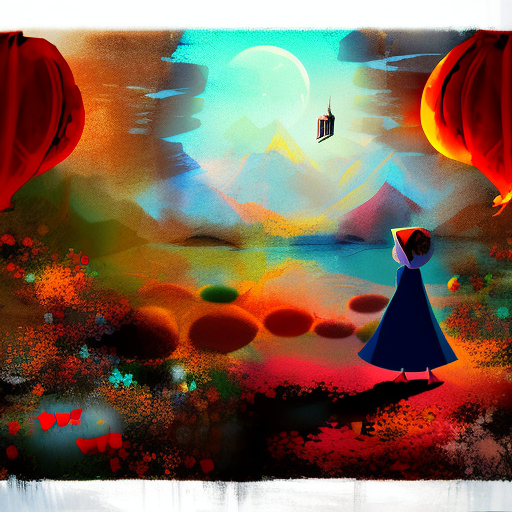One-line Summary:
“When We Were Very Young” is a charming collection of poems by A.A. Milne that captures the innocence, wonder, and imagination of childhood.
Exploring the World of Childhood
In “When We Were Very Young,” A.A. Milne takes readers on a delightful journey into the world of childhood. Through a collection of whimsical poems, Milne captures the essence of what it means to be young, exploring themes of imagination, innocence, and the wonders of the natural world.
The book opens with the poem “Corner of the Street,” which sets the stage for the adventures to come. Milne invites readers to join him as he explores the nooks and crannies of childhood, from the excitement of playing with toys to the joy of discovering new places and experiences.
Imagination and Playfulness
One of the central themes in “When We Were Very Young” is the power of imagination. Milne celebrates the imaginative play of children, highlighting the magic that can be found in everyday objects and activities. In poems like “The King’s Breakfast” and “The Engineer,” he brings to life the imaginative worlds that children create, where anything is possible.
Milne also emphasizes the importance of playfulness in childhood. Through poems like “The Dormouse and the Doctor” and “The Friend,” he reminds readers of the joy and freedom that come from letting go of inhibitions and embracing the spirit of play. Whether it’s pretending to be a knight or engaging in a game of make-believe, Milne encourages children to revel in their imaginations and find delight in the simplest of pleasures.
Observations of Nature
In addition to exploring the world of childhood, “When We Were Very Young” also celebrates the wonders of nature. Milne’s poems often feature animals, trees, and other elements of the natural world, inviting readers to appreciate the beauty and magic that surrounds them.
Through poems like “The Three Foxes” and “The Anteater,” Milne captures the curiosity and fascination that children have with animals. He brings these creatures to life with vivid descriptions and playful language, encouraging readers to see the world through the eyes of a child and find wonder in the smallest of creatures.
Key Takeaways:
- Imagination and playfulness are essential elements of childhood.
- The natural world offers endless opportunities for exploration and wonder.
- Children have a unique perspective that adults can learn from and appreciate.
“Halfway up the stairs isn’t up, and it isn’t down. It isn’t in the nursery, it isn’t in the town. And all sorts of funny thoughts run round my head. It isn’t really anywhere! It’s somewhere else instead!”
In “When We Were Very Young,” A.A. Milne captures the essence of childhood with his whimsical poems. Through the themes of imagination, playfulness, and observations of nature, he reminds readers of the magic and wonder that can be found in the simplest of moments. This charming collection serves as a delightful reminder to embrace our inner child and appreciate the beauty of the world around us.












